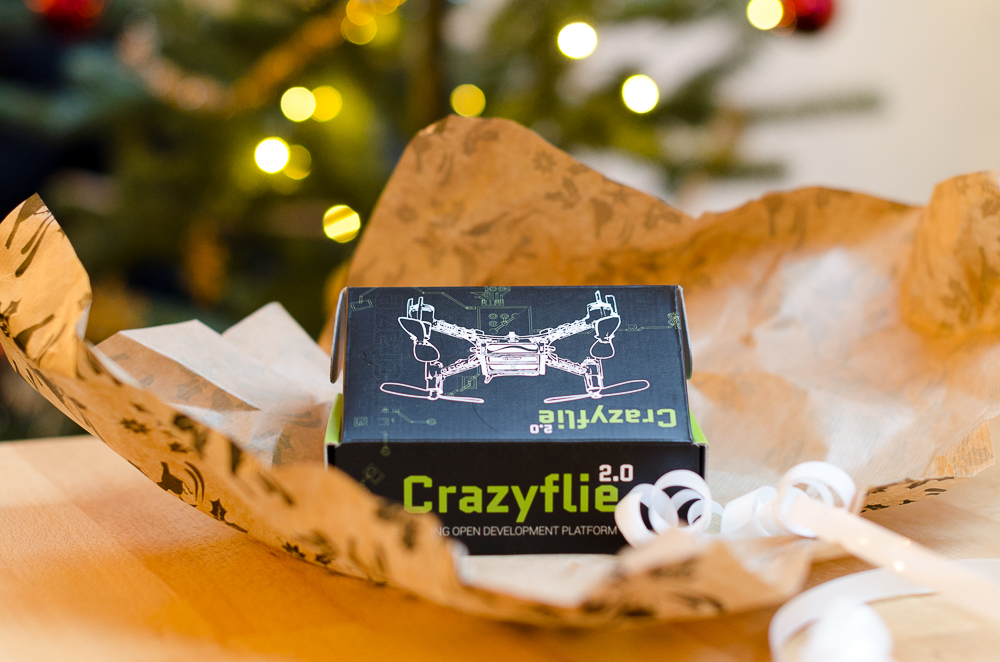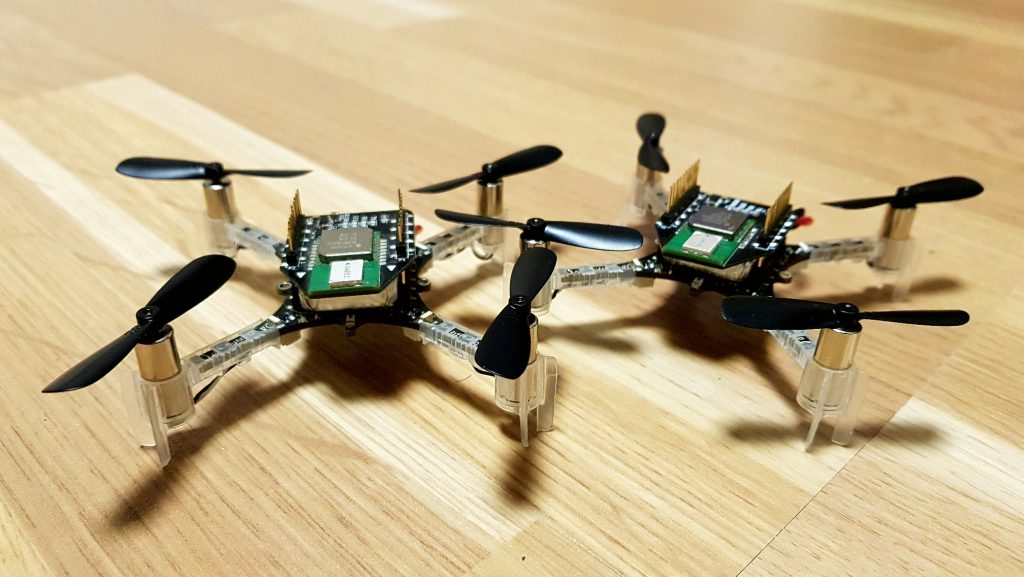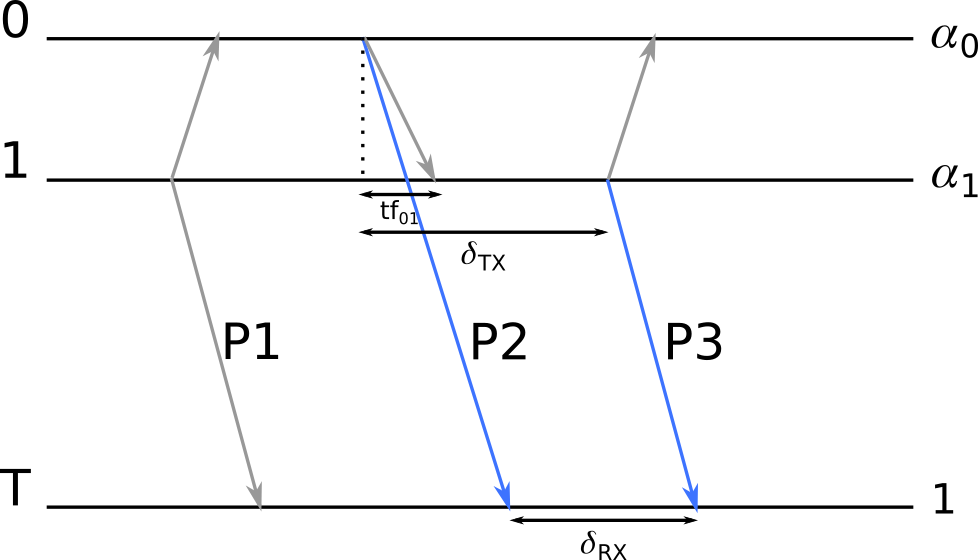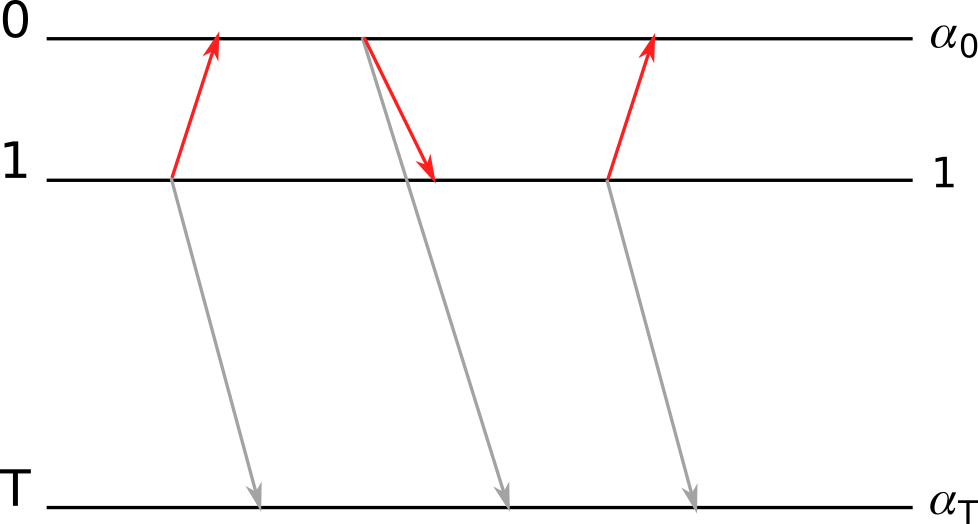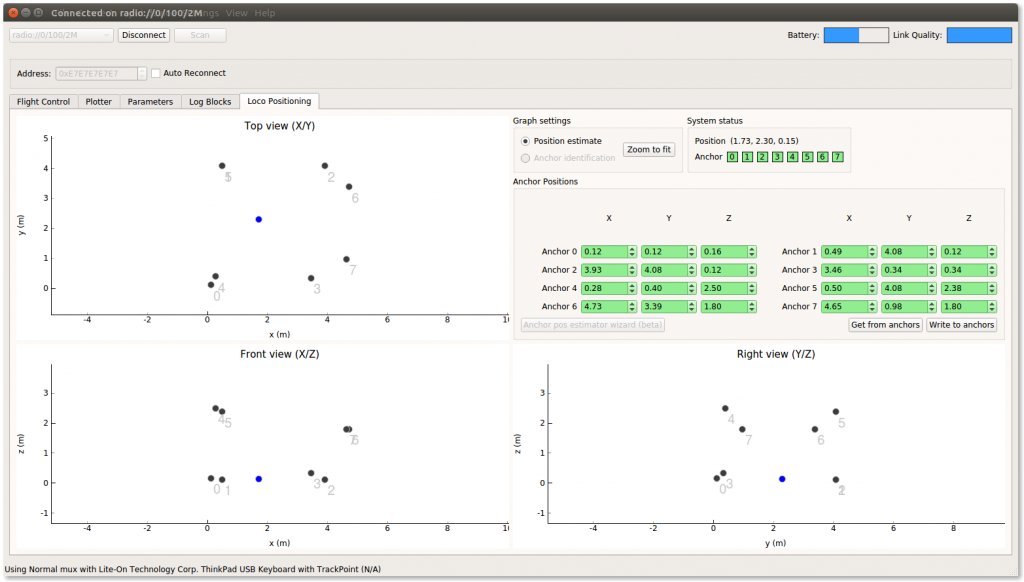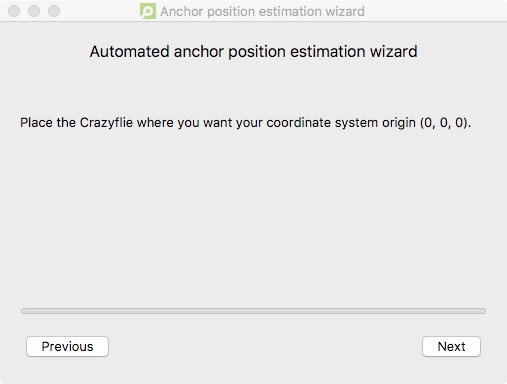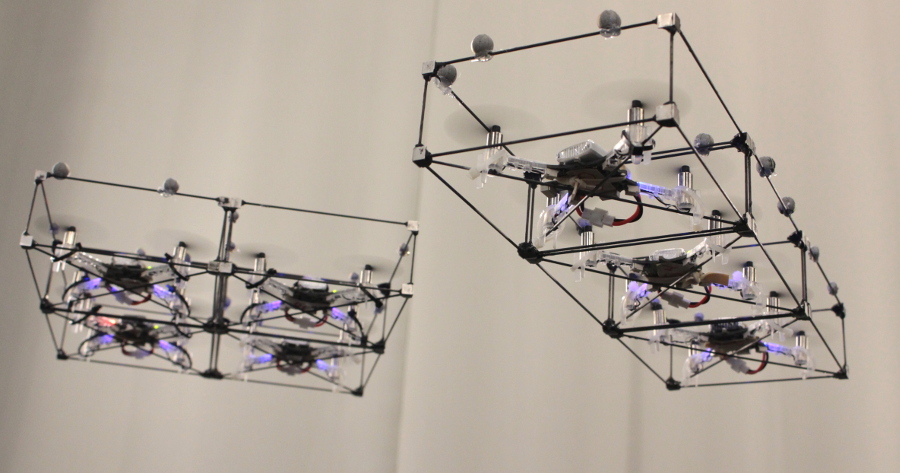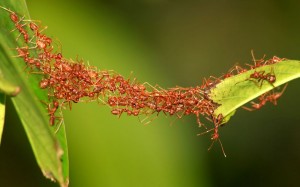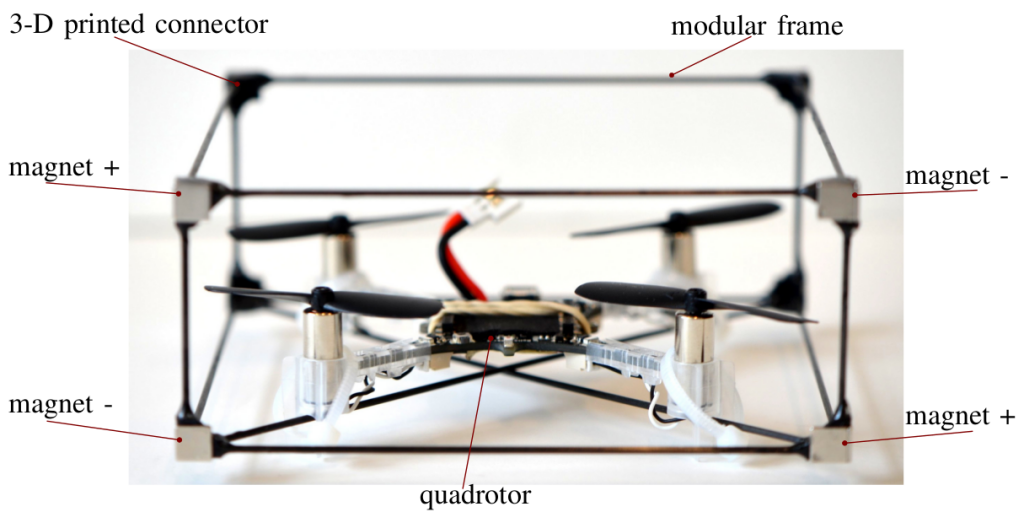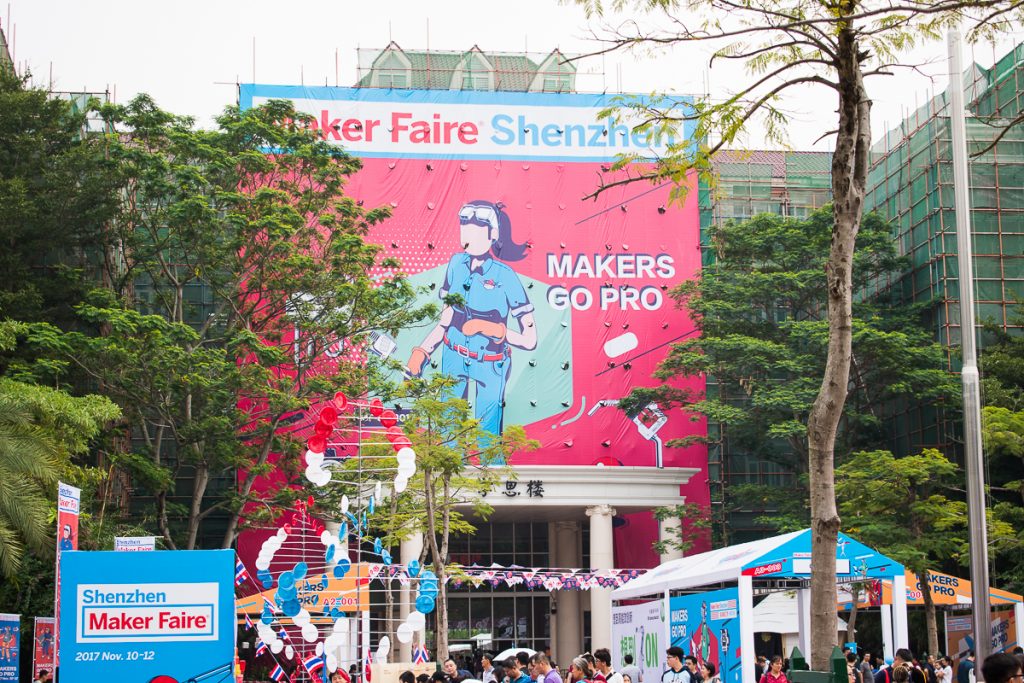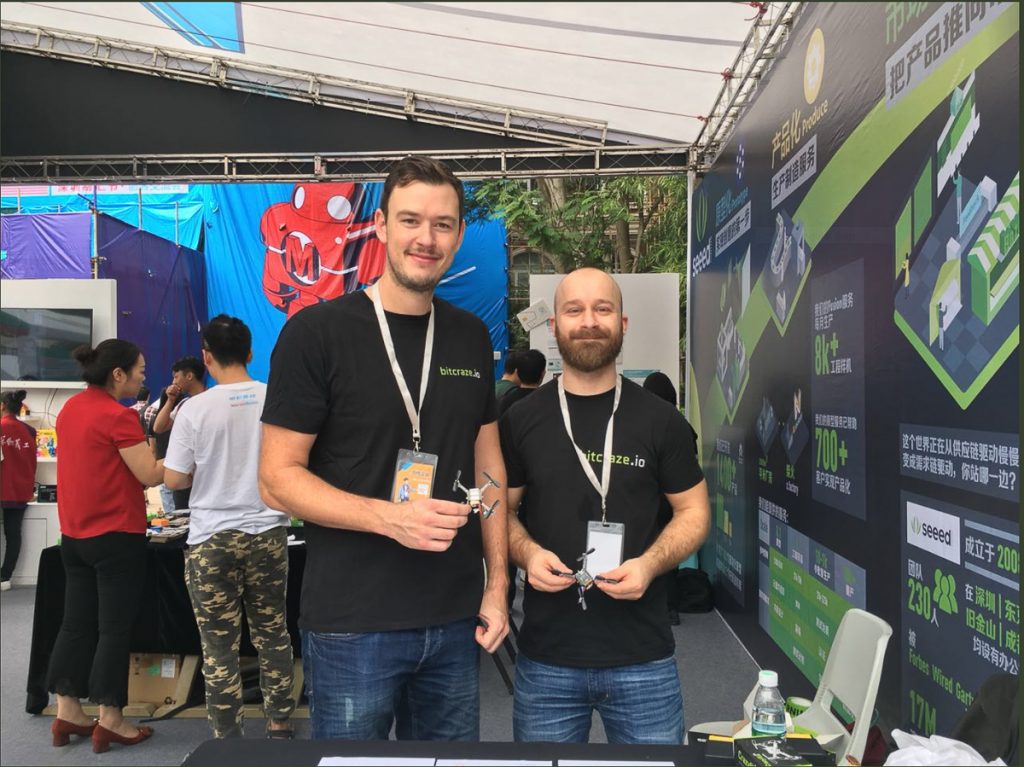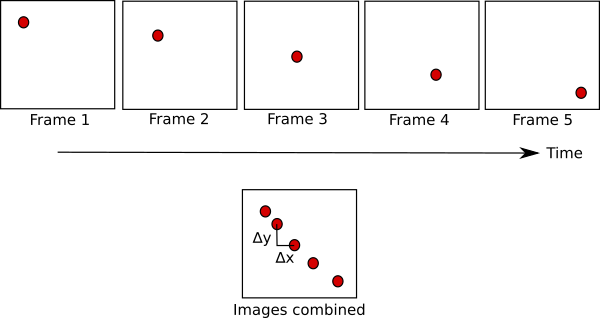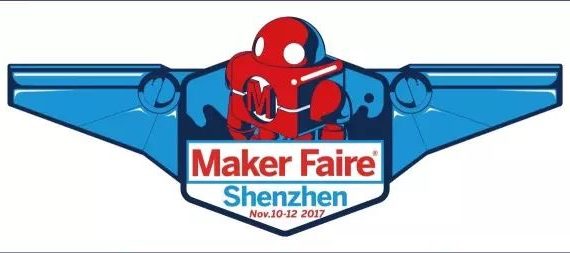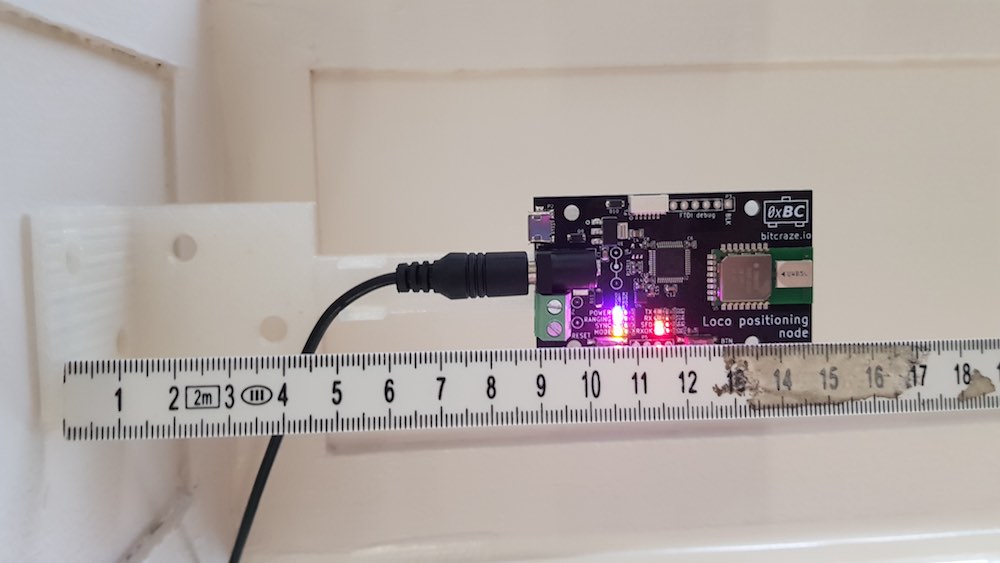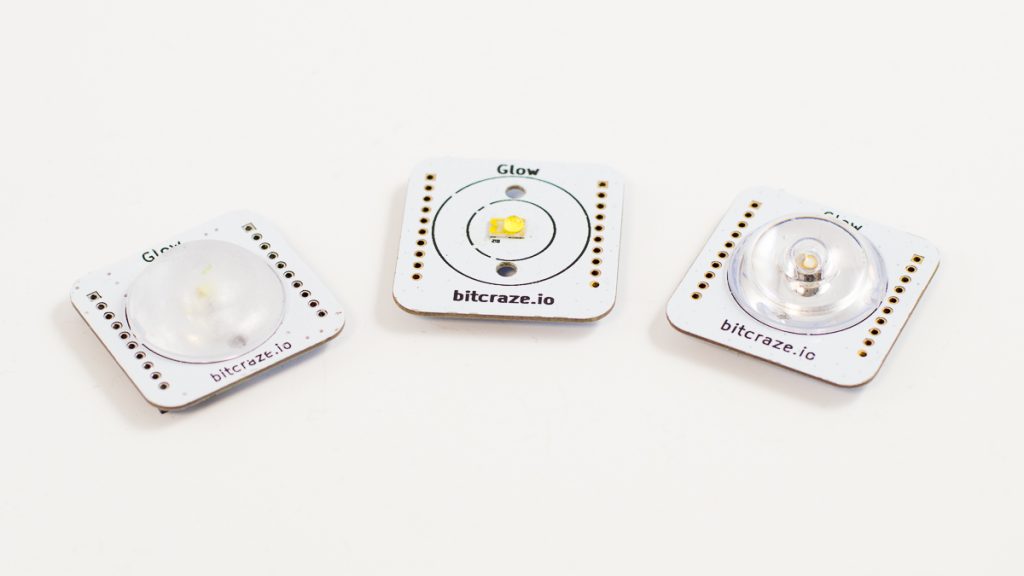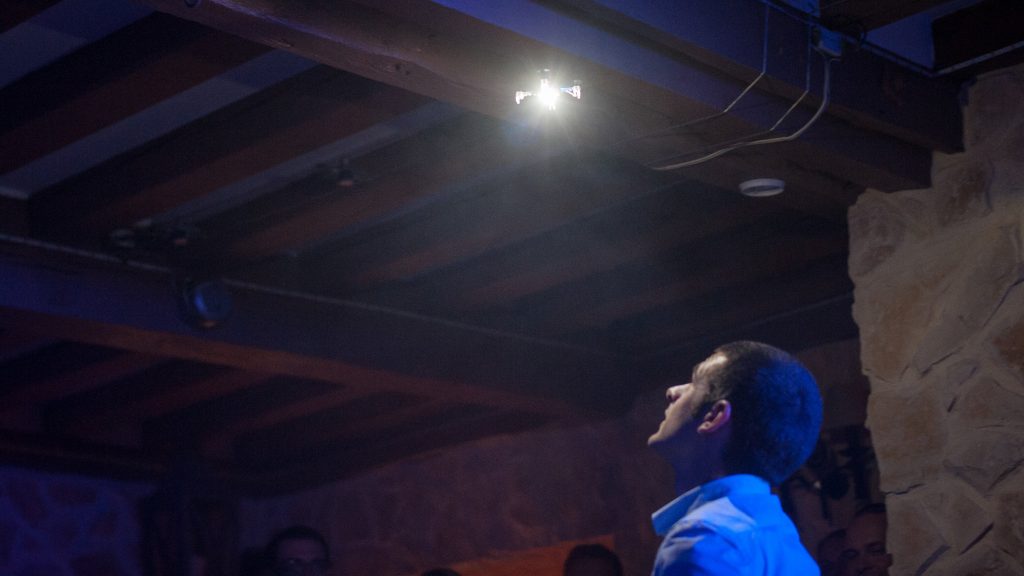This year we decided to celebrate the holiday by painting a Christmas tree, rather than dressing one like last year. What better way to do this that with the flow deck, a LED-ring and a long exposure photo. To check out all the yummy details and how to DIY check out this hackster project we made. Also as an Christmas extra we made this light painting video with the LED-ring mounted on top of the Crazyflie 2.0 and a bit of video editing. To be able to mount the LED-ring on top we hacked together an inverting deck. Not a bad idea and something we aim to release in the future!
Getting started
For those of you that was lucky and got a Crazyflie 2.0 under the Christmas tree, here is a short intro to get you started.
You can find all our getting started guides in the “Tutorials” menu on www.bitcraze.io. Take a look at “Getting started with the Crazyflie 2.0” to see how to assemble the kit and take off for your first flight. If you have an expansion deck you will also find a guide for how to install it.
Development
When you are comfortable flying the Crazyflie you might feel that it is time for the next step, to make use of the flexibility of the platform. After all it is designed to be modified!
Check out the “Getting started with development” tutorial to set up your development environment, build your first custom firmware and download it to the copter.
Maybe you want to add a sensor or some other hardware? Heat up your soldering iron and dive in to it! Find more information about the expansion bus on the wiki. The wiki is the place to look for all product and project documentation.
All source code is hosted on github.com/bitcraze and this is also where you will find documentation related to each repository.
Projects
Looking for inspiration for a project? Take a look at hackster.io or read our blog posts. The video gallery contains some really cool stuff as well as our You Tube channel.
Contribute!
Open source is about sharing, creating something awesome together and contribute to the greater good! Whenever you do something that you think someone else could benefit from, please contribute it! If you were curious or confused about something, someone else probably will too. Help them by sharing your thoughts, insights and discoveries.
Why not
- Answer a question on the forum
- Add a hack to hackster.io
- Submit a pull request to on of the repos on github
- Add an issue to one of the repos on github with a suggestion for an improvement or a bug report. Or maybe get involved in the discussion on an issue?
- Add or update the wiki
- Improve www.bitcraze.io
- Comment a blog post
Need help?
Can not find the solution to a problem? Don’t understand how or what to do? Have you read all documentation and are still confused? Don’t worry, head over to the forum and check if someone else had the same problem. If not, ask a new question on the forum and get help from the community.
Happy holidays from the Bitcraze team!
